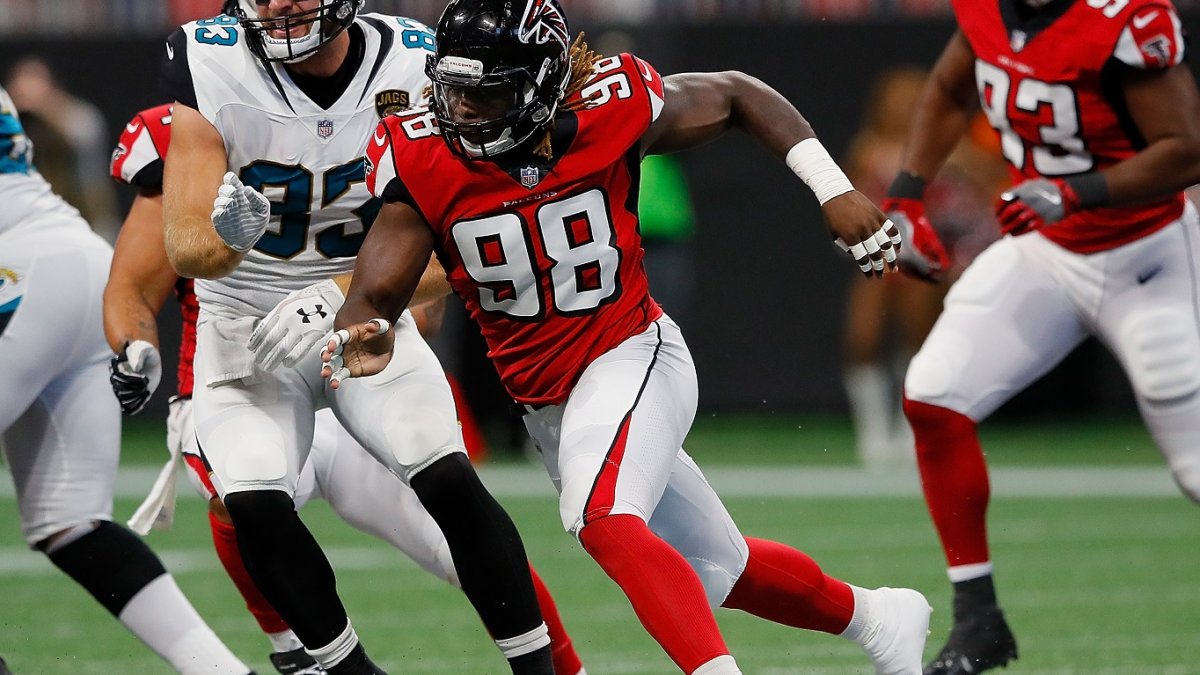Welcome back to the second piece in this series where I deep dive some of the different statistics collected by the PFF analysts, with a view to making them more approachable (and useful) to IDP fantasy gamers. It’s all well and good to have pages upon pages of snap data and knowing a player’s average depth of target or tackles per opportunity, but what do these numbers really mean for a player’s fantasy value? Defensive numbers can be murky, so more to the point, how can you interpret this data to find you fantasy edge?
If you want to look back to the first piece in the series, looking at safeties who line up in the box a lot, you can here. Below is this week’s take, on how to leverage pass-rush productivity data.
Defensive ends — Pass-rush productivity
The pass-rushing productivity signature statistic is a metric that measures the pressure created on a per-snap basis, with weighting toward sacks. This helps fantasy gamers to identify pass-rushers who, when given the opportunity, are converting their pass-rushing snaps into impactful plays. While this is a useful data point, we need to add a little more context to be able to translate it into a useful statistic when prepping on draft day or scouring the waiver wire for possible pickups.
Exclusive content for premium subscribers

WANT TO KEEP READING?
Dominate Fantasy Football & Betting with AI-Powered Data & Tools Trusted By All 32 Teams
Already have a subscription? Log in



 © 2025 PFF - all rights reserved.
© 2025 PFF - all rights reserved.